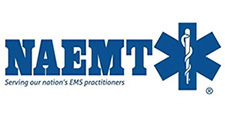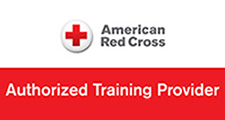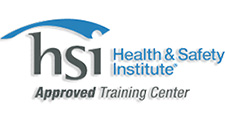- Office Phone:
- (718) 631-3333
- Office Hours:
- Mon - Sat: 9:00 AM to 12:00 PM - Sun: Closed

Mastering Hands-Only CPR: A Lifesaving Skill Everyone Should Know
In moments of crisis, knowing how to perform cardiopulmonary resuscitation (CPR) can mean the difference between life and death. Hands-Only CPR, a simplified form of traditional CPR, has emerged as a critical technique for bystanders to administer immediate assistance to individuals experiencing sudden cardiac arrest. Let's explore the importance of Hands-Only CPR, its technique, and why mastering this skill is vital for everyone.
Understanding Hands-Only CPR:
Hands-Only CPR involves two simple steps:
1) Calling 911.
2) Pushing hard and fast on the center of the person's chest.
Unlike traditional CPR, which includes mouth-to-mouth rescue breathing, Hands-Only CPR focuses solely on chest compressions. This simplification has made CPR more accessible to the general public, eliminating concerns about performing mouth-to-mouth resuscitation on strangers.
Why Hands-Only CPR Matters:
1) Increased Chance of Survival:
Immediate CPR can double or triple the chances of survival for someone experiencing cardiac arrest. Hands-Only CPR buys crucial time until professional medical help arrives.
2) Easy to Learn:
Hands-Only CPR is easy to learn and remember, making it accessible to individuals of all ages and backgrounds. It requires minimal training, making it a valuable skill for communities.
2) Less Intimidating:
The absence of rescue breaths makes Hands-Only CPR less intimidating for bystanders, increasing the likelihood of immediate action during emergencies.
3) Universal Applicability:
Unlike traditional CPR, which may require special training and certification, Hands-Only CPR can be performed by anyone, anywhere, at any time.
Mastering Hands-Only CPR:
1. Call for Help:
The first step in Hands-Only CPR is to call emergency services immediately. Time is critical in cardiac arrest situations, so swift action is essential.
2. Check Responsiveness:
If someone is unresponsive and not breathing normally, begin Hands-Only CPR immediately.
3. Position Your Hands:
Place the heel of one hand on the center of the victim's chest, then place the other hand on top. Keep your arms straight and position your shoulders directly above your hands.
4. Push Hard and Fast:
Push down on the chest at least 2 inches deep and at a rate of 100 to 120 compressions per minute. Allow the chest to fully recoil between compressions.
5. Continue Until Help Arrives:
Continue performing chest compressions until emergency medical services arrive and take over, or until the victim shows signs of life. Hands-Only CPR is a simple yet powerful technique that empowers bystanders to take immediate action during cardiac emergencies. By learning and mastering this skill, individuals can become valuable assets in their communities, potentially saving lives in critical situations. Whether at home, at work, or in public spaces, knowing Hands-Only CPR could make all the difference between a tragic outcome and a lifesaving intervention. Take the time to learn Hands-Only CPR today—it could be the most important skill you ever acquire.





